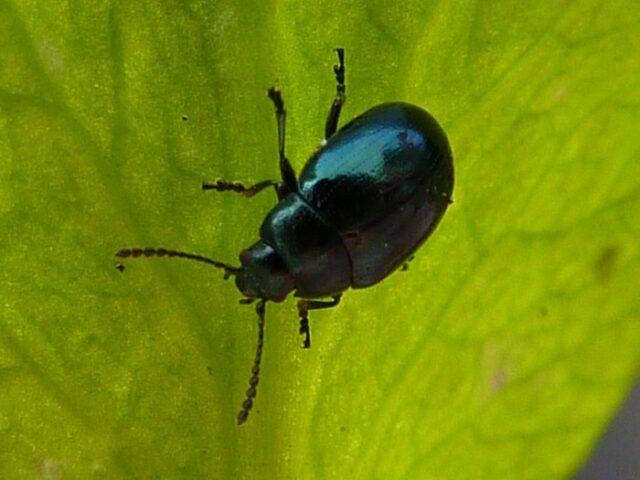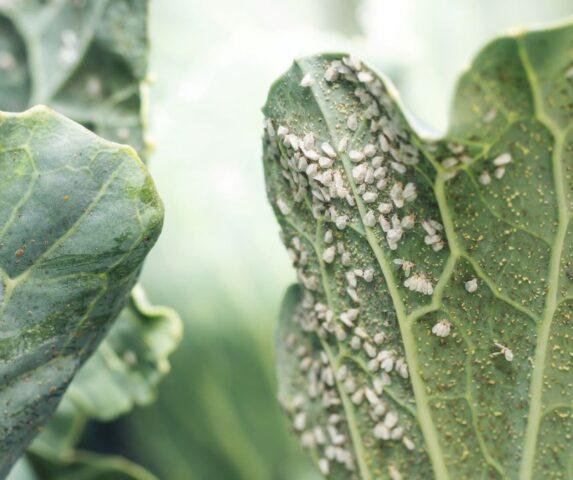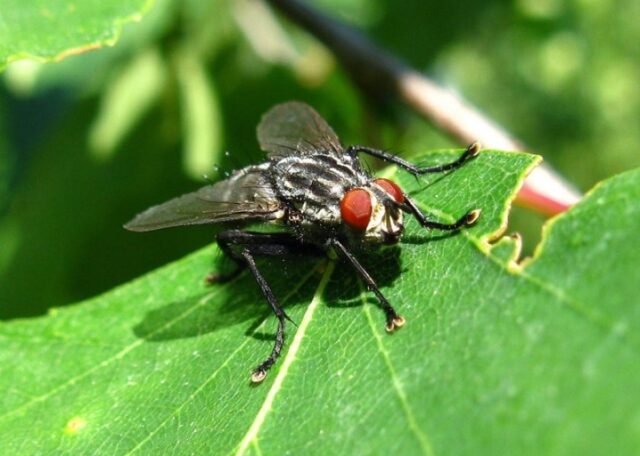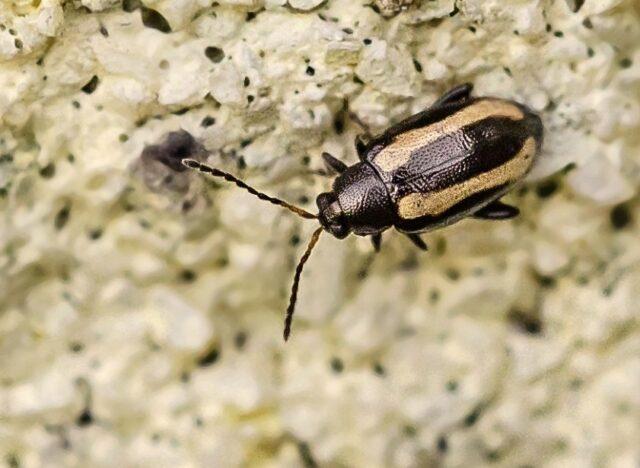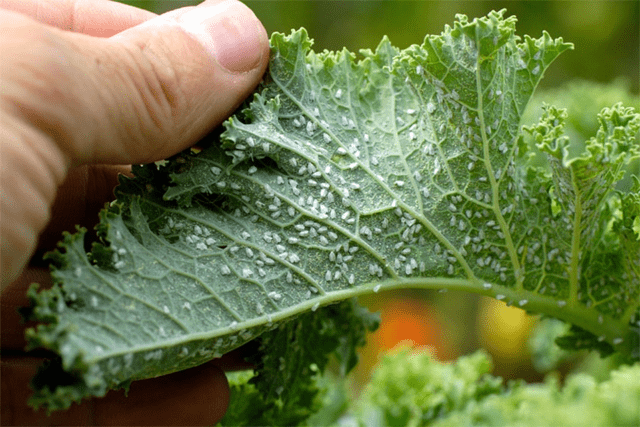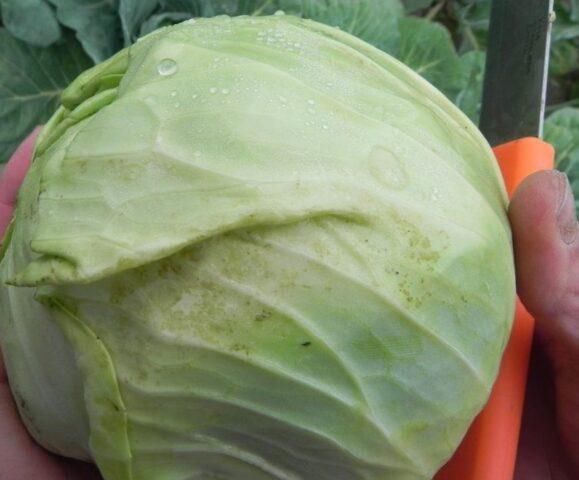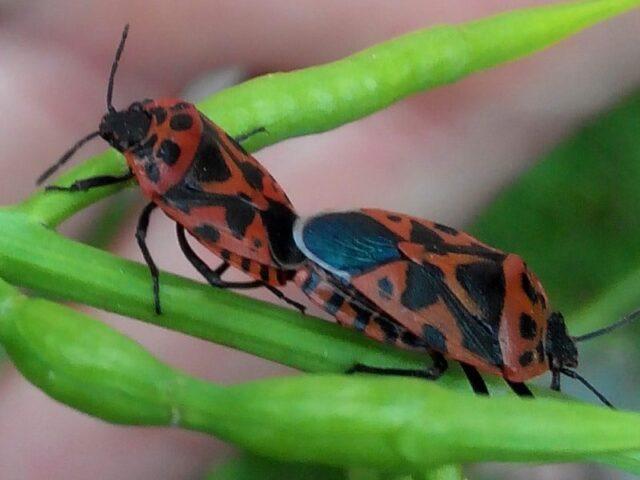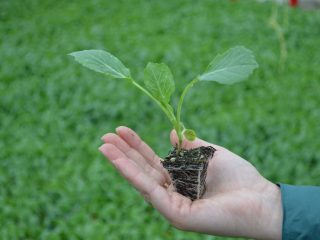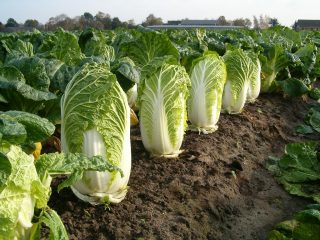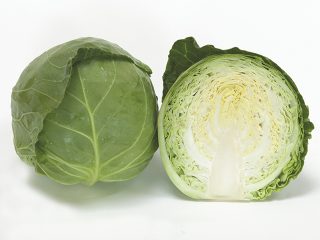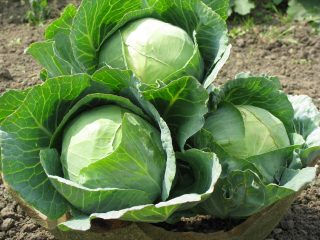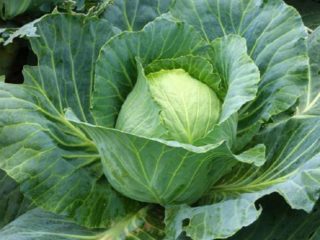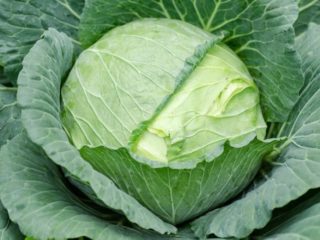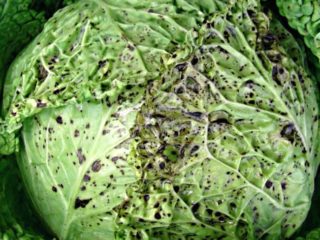Content
Valerian for cabbage pests helps get rid of aphids, thrips, cabbage moths, flies and other dangerous insects. This is a fairly powerful remedy that is completely safe for both humans and the plants themselves. Apply several times per season, no more than twice a week. For spraying, not only pharmacy tincture is used, but also a decoction from the rhizome, as well as freshly squeezed juice from the green part of the plant.
Is it possible to treat cabbage with valerian?
Valerian can be used to spray cabbage against various pests that live on cruciferous and other plants. This could be cabbage moth, whiteweed, aphids, thrips, green barid, horseradish leaf beetle and other beetles.
For spraying, different forms of valerian are used:
- alcohol tincture (pharmacy);
- freshly squeezed juice from the green part of the plant;
- decoction of rhizomes.
The product is quite effective, so it does not need any supplements. But for faster results, you can also add a decoction of tobacco leaves or liquid soap.
Procedures are carried out several times per season, maximum every 2-3 days. Plantings should be sprayed until the pests are completely destroyed. You can also plan work for the beginning of May to prevent the mass appearance of insects.
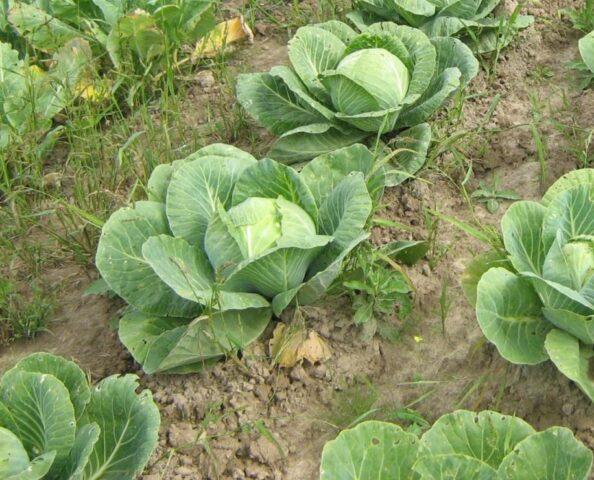
Spraying is carried out several times until complete destruction.
What pests does it help with?
You can water cabbage with valerian against various pests. Most often, plantings are attacked by the following insects:
- Horseradish leaf beetle, also called sissy leaf beetle. This is a small bug with black wings. The body is small, but clearly visible due to its dark color. The paws are small and brown. The main damage to cabbage is caused by females - in June they begin to gnaw small holes in the leaves and lay eggs there. After this, larvae emerge from them, which also feed on cabbage juices.
- Green barid is another bug with a body up to 4 mm in diameter. The color is black, bluish, there is a metallic tint. Wings with grooves. It attacks cabbage, causing the leaves to begin to turn yellow and growths to form on the affected areas.
- Whitefly - this insect parasitizes all cruciferous vegetables, including different types and varieties of cabbage. Outwardly, it resembles a small moth. The body is small, the color is white or red-yellow. To treat cabbage against whiteflies, use a solution of valerian and liquid soap.
- Spring cabbage fly - it resembles a regular fly, but is smaller in size. Adults do not parasitize crops; only larvae feed on cabbage. They are numerous and voracious, and can lead to significant crop loss.
- The wavy flea beetle is a small black bug with yellow stripes on its wings. They run parallel to each other, length 2-3 mm. The total length of the body can reach 4-5 mm.
- Aphids often live on cabbage. This is a very dangerous pest that lives on the inner surfaces of tender leaves. The invasion begins as early as May and can continue throughout the summer, peaking in June. At this moment, adult pests and larvae feed on the juices of the plant and noticeably weaken it. Then in August they lay eggs in the soil, in the spring they hatch into larvae, after which the cycle repeats.
- Thrips - these pests are difficult to detect visually, but the consequences of their appearance are noticeable. They leave black dots on the foliage - these are waste products. Gradually the foliage turns white, then turns brown and dries out. Thrips appear in dry weather, so you can prevent their invasion by regular watering and loosening the soil.
- Cruciferous bugs are large insects with a brightly colored orange body, on the surface of which there is a visible pattern of several black dots, dashes, and white and yellow spots. It parasitizes cabbage foliage and feeds on its juices. As a result, they turn yellow, develop marbled spots and fade. The greatest danger is posed by the larvae - they can destroy all plantings. They move to the surface layer of soil for the winter. Adult bedbugs can be collected by hand, after which you will need to spray with valerian.
Advantages and disadvantages
Treating cabbage and other plants with valerian is a long-proven method. It has several advantages.
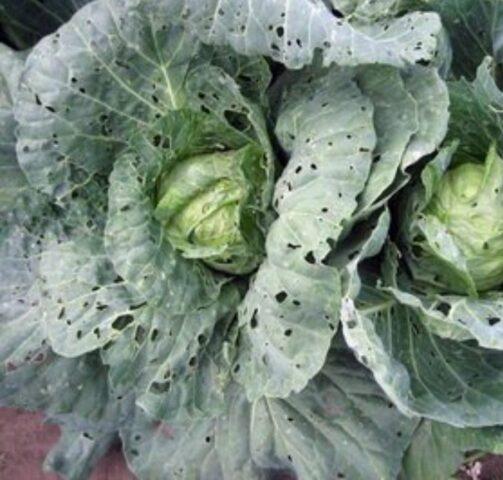
Holes on the leaves are characteristic signs of a pest invasion
Pros:
- the product is safe for human health;
- does not pollute the soil;
- does not harm plants;
- does not destroy beneficial soil bacteria;
- The tincture can always be bought at a pharmacy at an affordable price.
Minuses:
- valerian may not be effective if the infestation is severe;
- Some recipes require a fresh plant, you need to find and dig it up;
- It is impossible to treat with tincture too often, since it contains ethyl alcohol, which can burn the leaves.
How to treat cabbage with valerian against pests
There are several recipes for using valerian against pests on cabbage. Both solutions and decoctions are used for processing. Moreover, in some cases you will need not a pharmacy tincture, but a fresh plant - rhizomes, stems or foliage.
Leaf juice
You can treat cabbage against caterpillars with valerian juice. To prepare, take fresh stems and leaves, finely chop them, measure out 1 kg of raw materials and pass them through a meat grinder. Then squeeze out the juice through cheesecloth and take 10 drops per 10 liters of solution with the addition of any insecticide, for example, Aktara. Completely treat cabbage beds against pests. The product can be used to prevent and kill insects several times a season.
Decoction of rhizomes with tobacco
You can also spray cabbage with valerian against pests using a decoction. For preparation, take the following components:
- fresh tobacco leaves – 500 g;
- valerian root – 200 g;
- water – 5 l.
All components are crushed and mixed, placed on low heat and brought to a boil. Then turn off the stove and let it cool. Place in a dark place, without access to light. The resulting broth is filtered and used to treat cabbage beds against pests. The procedure is carried out twice a week until the aphids and other insects completely disappear.
Important! If after treatment it rained or there was a strong wind, it is necessary to carry out an emergency spraying.
Spraying cabbage with valerian and liquid soap
You can water the cabbage with the same solution of valerian with liquid soap in a ratio of 2 tbsp. l. products for 3 liters. 1 bottle of pharmaceutical tincture of valerian root is also added to the solution. Mix thoroughly until completely dissolved.
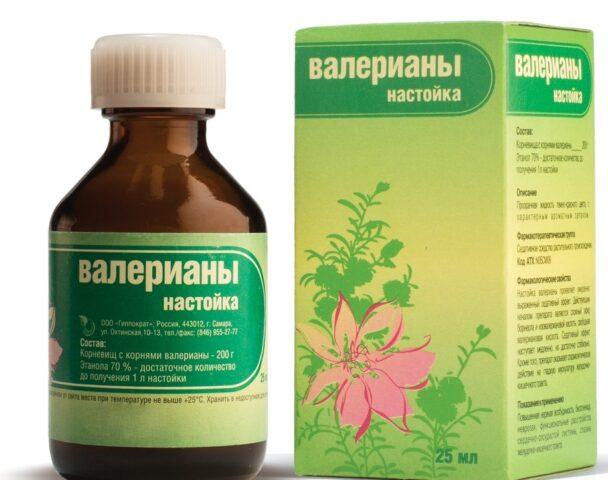
The tincture can be purchased at any pharmacy at an affordable price.
Instead of liquid soap, you can use laundry or tar soap. It is crushed on a fine grater and taken in the same quantity - 2 tbsp. l. for 3 l. The soap component can be added to any valerian-based solutions or decoctions. Soap not only destroys pests, but also allows the liquid to adhere well to the leaves and stay on the surface longer.
Features of spraying cabbage with valerian against pests
Spraying cabbage is quite simple.
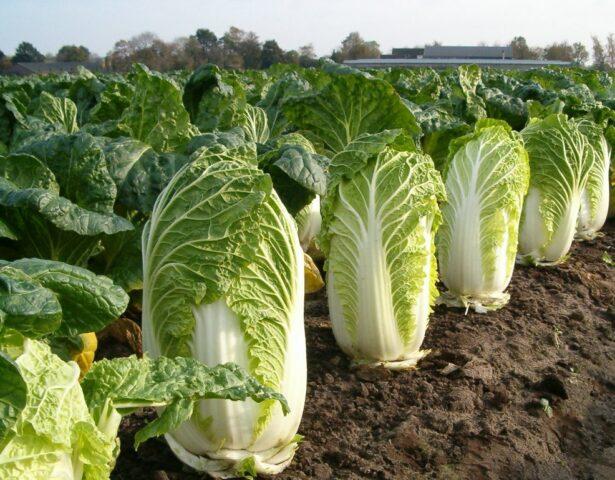
Valerian can be used to treat any variety of cabbage
This procedure has its own characteristics, which are also worth paying attention to:
- Spraying is always carried out in dry and windless weather. If it rains, it is not advisable to carry out the procedure - in the future you will still have to do new treatments.
- All cabbage plantings should be sprayed, even those that seem healthy. If caterpillars or other pests infest at least 1-2 bushes, they will move to neighboring plants.
- Despite the fact that valerian is relatively safe for human health, the last treatment against pests should be carried out no later than 3-4 days before harvest.
- Valerian can only be diluted for spraying cabbage with water at room temperature. It is not allowed to use noticeably warm or even hotter water.Too cold will also not work - the leaves may suffer from sudden temperature changes.
- One valerian for spraying may not be enough. If the invasion is too strong, you will have to use chemicals, for example, Aktaru, Decis, Colorado and others. They must be applied according to the instructions, taking into account the waiting period - the minimum amount of time between the last treatment and harvest.
- Even if there were few insects in the summer, in the fall, after harvesting the heads of cabbage, the soil must be carefully dug up. This will help destroy a significant part of the eggs that the pests managed to lay in the surface layer of soil.
Conclusion
Valerian for cabbage against pests prevents invasion quite well. Spraying is carried out regularly, especially if there is no rain or strong wind. Moreover, if there are too many insects, more effective means should be used - biological and chemical insecticides.
Reviews of the use of valerian for cabbage against pests
